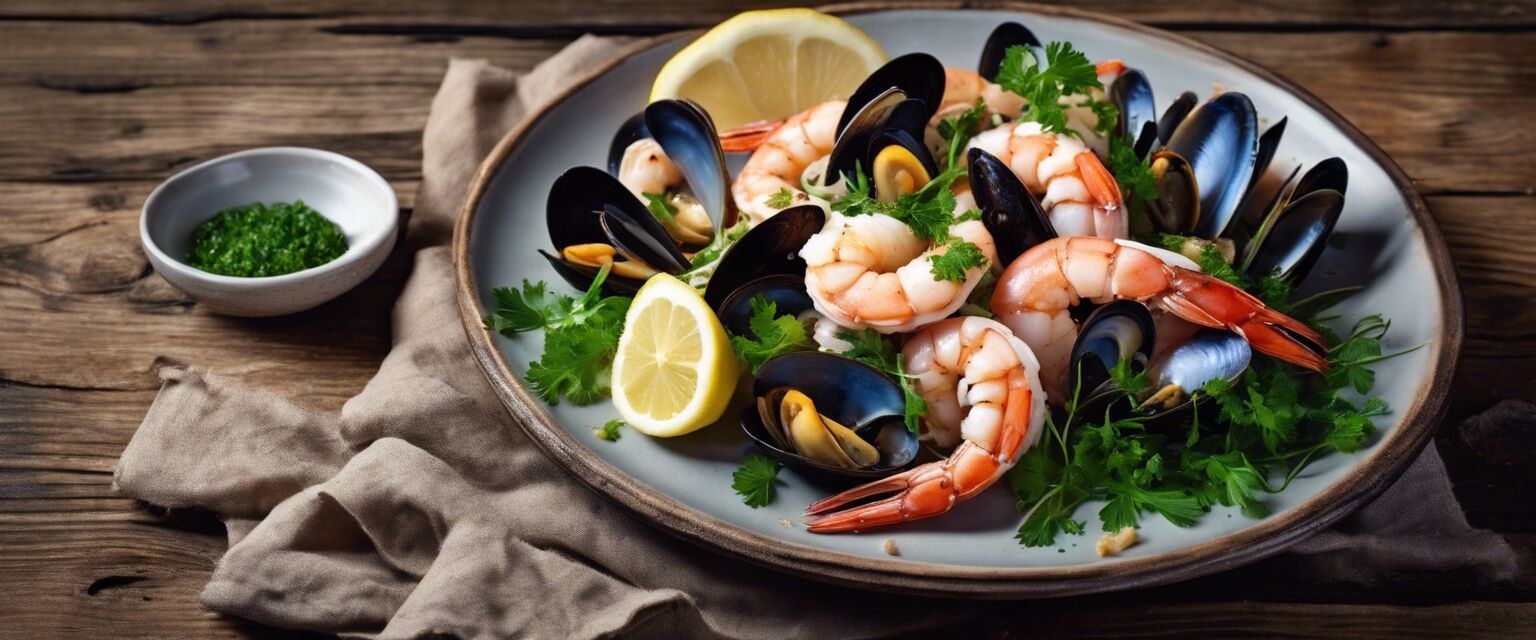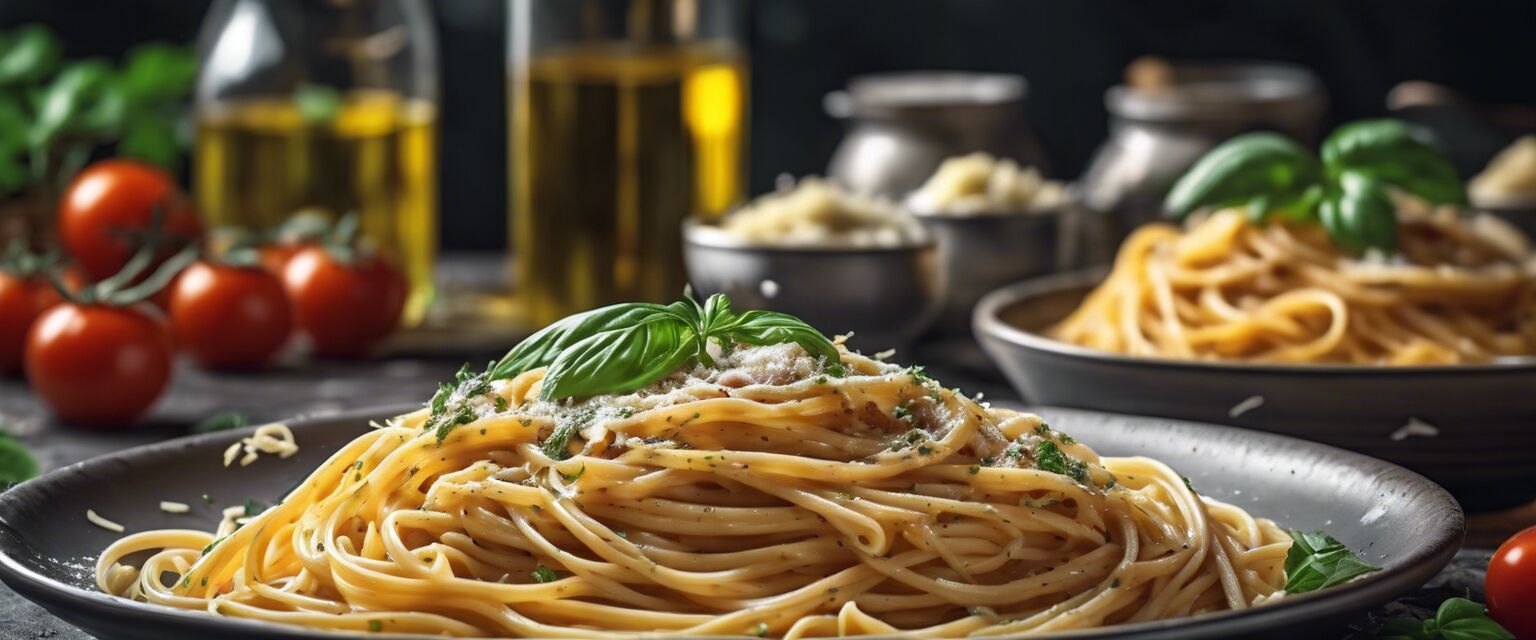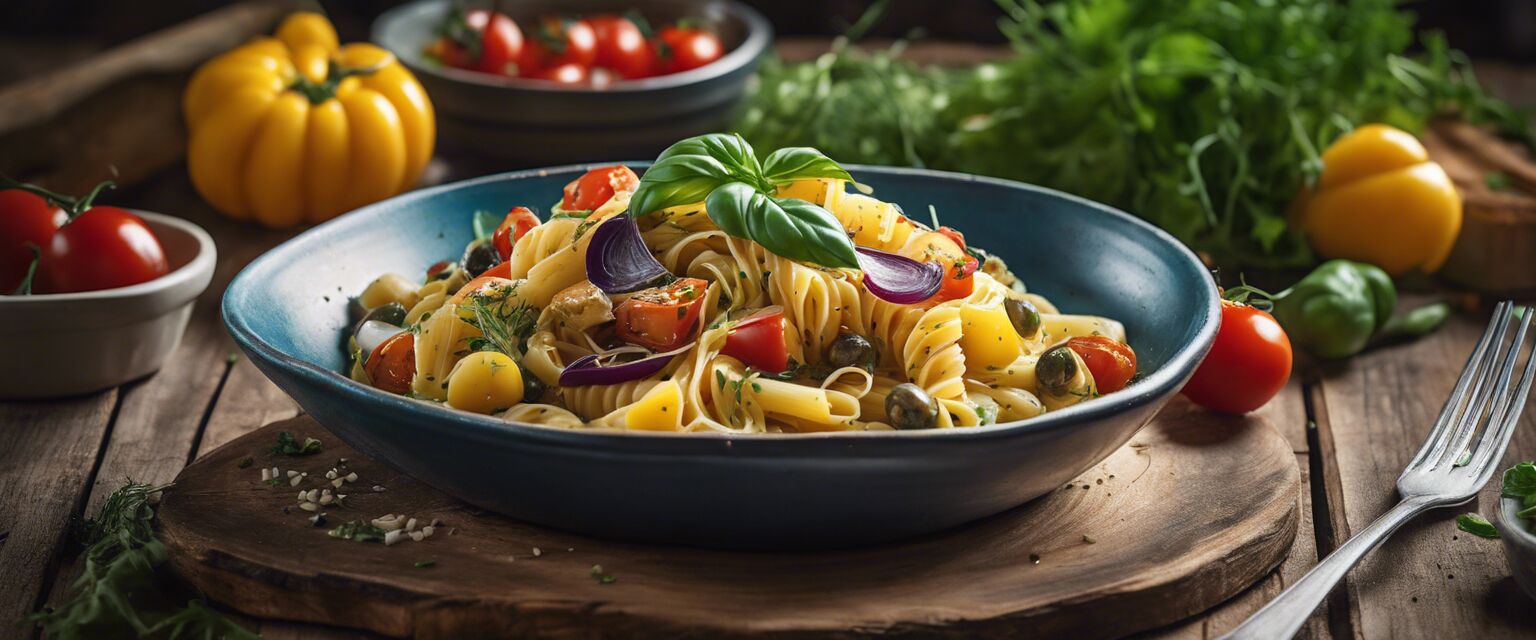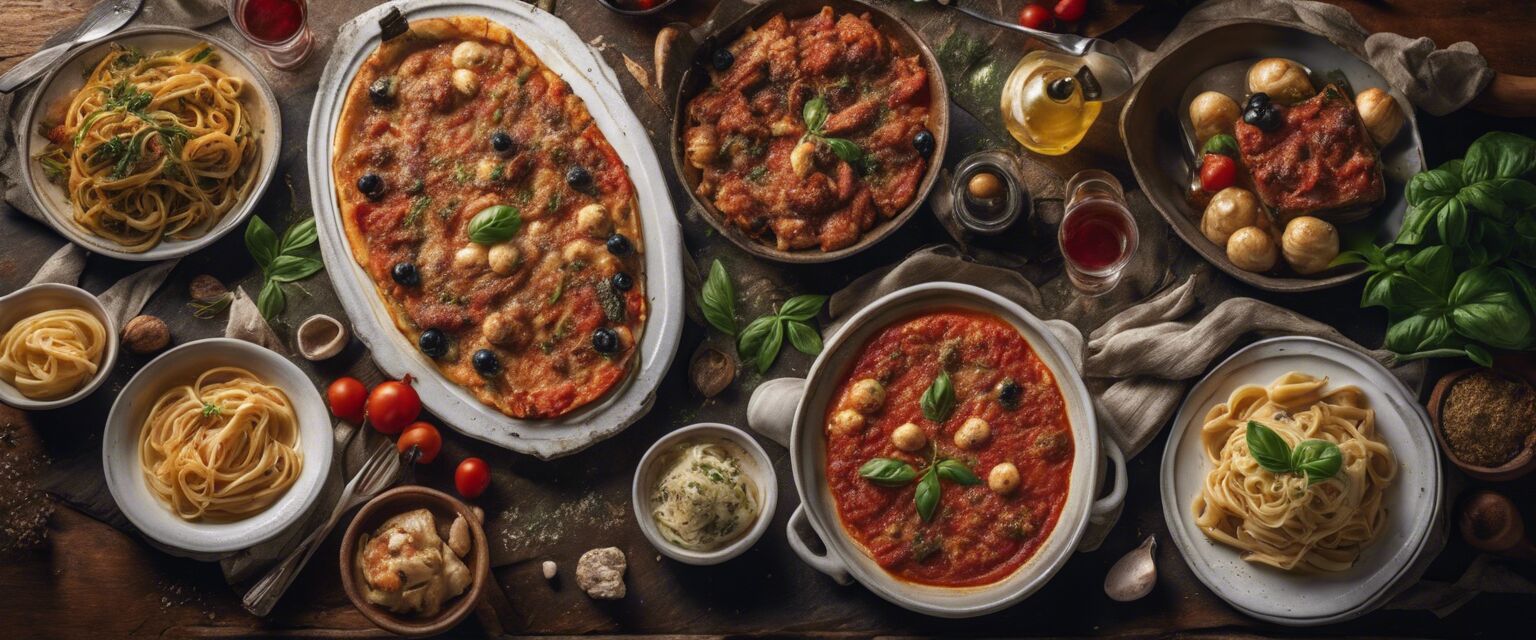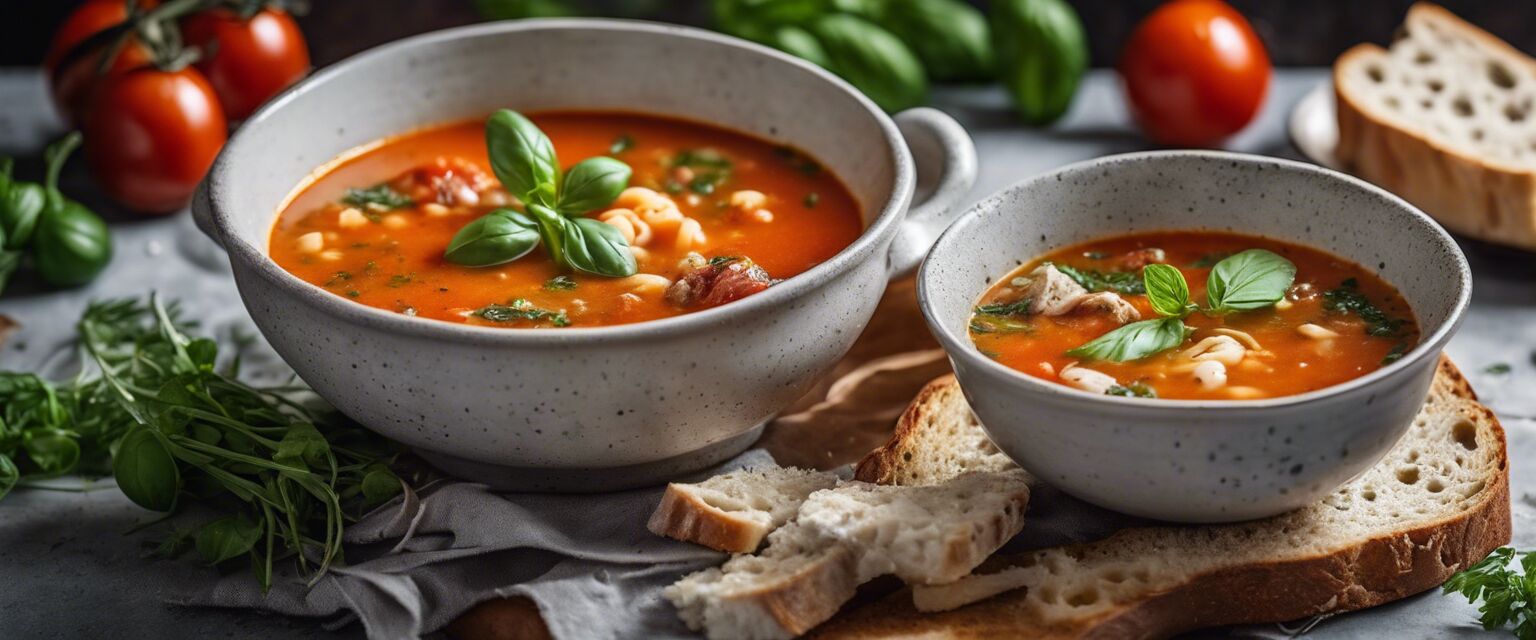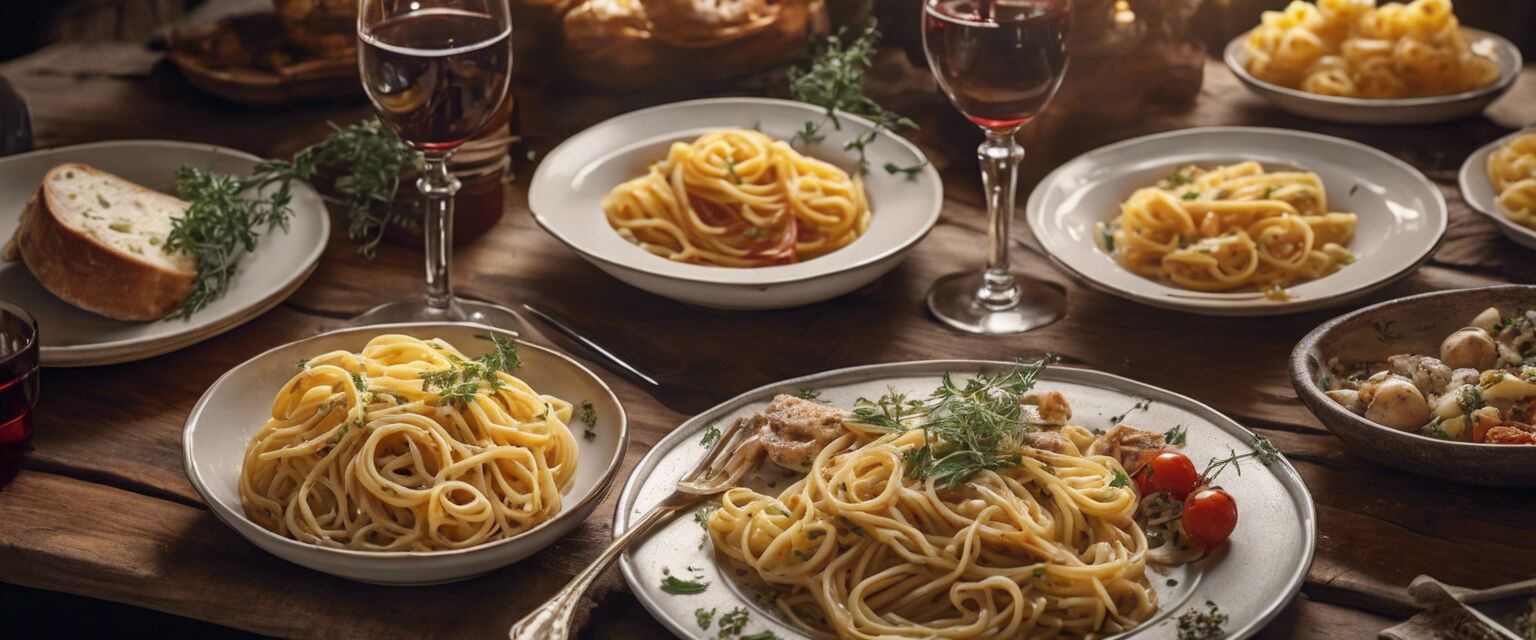
Italian Desserts
Key Takeaways
- Italian desserts are a delightful combination of flavors and textures.
- Classic desserts like Tiramisu and Cannoli are must-tries.
- Modern interpretations offer new twists on traditional recipes.
- Ingredients play a crucial role in achieving authentic flavors.
- Presentation is key in Italian cuisine, especially for desserts.
Indulge in the sweet side of Italy with these classic and modern Italian dessert recipes. From the iconic Tiramisu to delightful Cannoli, there is a rich variety of desserts to explore. Whether you're looking to impress guests or satisfy your sweet tooth, these recipes will transport you to Italy with every bite.
Classic Italian Desserts
Tiramisu
Tiramisu is one of the most famous Italian desserts. Its combination of coffee-soaked ladyfingers and creamy mascarpone cheese makes it irresistible.

Cannoli
Cannoli are crispy pastry shells filled with sweet ricotta cheese and often garnished with chocolate chips or candied fruit. They are perfect for any celebration.
Panna Cotta
Panna Cotta is a silky Italian cream dessert that is simple to make and can be served with various sauces, such as berry coulis or caramel.
Modern Italian Dessert Trends
- Deconstructed desserts: Presenting traditional flavors in new forms.
- Fusion desserts: Combining Italian elements with other culinary traditions.
- Healthier versions: Using alternative ingredients like dairy-free options.
Essential Ingredients for Italian Desserts
| Ingredient | Purpose |
|---|---|
| Mascarpone | Creates a creamy texture in desserts like Tiramisu. |
| Ricotta | The main filling for Cannoli and many other desserts. |
| Espresso | Adds rich coffee flavor to desserts like Tiramisu. |
| Sugar | Sweetens and balances flavors in all desserts. |
| Cocoa Powder | Used for dusting and flavoring in desserts like Tiramisu. |
Popular Italian Dessert Recipes
1. Tiramisu Recipe
- Prepare espresso and let it cool.
- Mix mascarpone cheese with sugar and vanilla.
- Dip ladyfingers in espresso and layer with the mascarpone mixture.
- Chill for several hours and dust with cocoa powder before serving.
2. Cannoli Recipe
- Prepare the pastry shells and fry until golden.
- Mix ricotta cheese with sugar, vanilla, and chocolate chips.
- Fill the cooled shells with the ricotta mixture.
- Dust with powdered sugar before serving.
3. Panna Cotta Recipe
- Heat cream, sugar, and vanilla until dissolved.
- Add gelatin and stir until combined.
- Pour into molds and chill until set.
- Serve with a fruit sauce of your choice.
Italian Dessert Presentation Tips
Tips for Beginners
- Use high-quality ingredients for the best flavor.
- Pay attention to plating; a beautiful presentation enhances the experience.
- Experiment with different garnishes like fresh fruits or mint leaves.
- Practice makes perfect; donât be discouraged by initial attempts!
Conclusion
Italian desserts are a celebration of flavor, texture, and artistry. Whether you choose to stick with the traditional recipes or explore modern twists, the world of Italian sweets is bound to enchant you. For more on Italian cooking essentials, check out our sections on Italian ingredients essentials and Italian cooking gadgets. Enjoy your journey through the delectable world of Italian desserts!
Pros
- Delicious and diverse options to choose from.
- Can be adapted for various dietary preferences.
- Perfect for any occasion, from casual to celebratory.
- Easy to share and serve at gatherings.
Cons
- Some desserts require advanced baking skills.
- May require specialty ingredients that are hard to find.
- Can be time-consuming to prepare for large groups.

